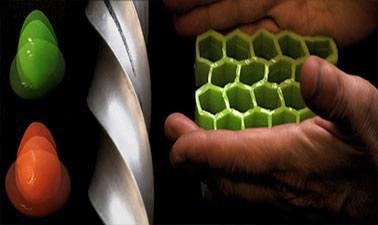MOOC List is learner-supported. When you buy through links on our site, we may earn an affiliate commission.

MOOC List is learner-supported. When you buy through links on our site, we may earn an affiliate commission.
All around us, engineers are creating materials whose properties are exactly tailored to their purpose. This course is the second of three in a series of mechanics courses from the Department of Materials Science and Engineering at MIT. Taken together, these courses provide similar content to the MIT subject 3.032: Mechanical Behavior of Materials.
The 3.032x series provides an introduction to the mechanical behavior of materials, from both the continuum and atomistic points of view. At the continuum level, we learn how forces and displacements translate into stress and strain distributions within the material. At the atomistic level, we learn the mechanisms that control the mechanical properties of materials. Examples are drawn from metals, ceramics, glasses, polymers, biomaterials, composites and cellular materials.
Part 1 covers stress-strain behavior, topics in linear elasticity and the atomic basis for linear elasticity, and composite materials.
Part 2 covers stress transformations, beam bending, column buckling, and cellular materials.
Part 3 covers viscoelasticity (behavior intermediate to that of an elastic solid and that of a viscous fluid), plasticity (permanent deformation), creep in crystalline materials (time dependent behavior), brittle fracture (rapid crack propagation) and fatigue (failure due to repeated loading of a material).
What you'll learn:
- Concepts relating to stress transformation, including equivalent stresses, principal stresses, and maximum shear stress
- How to solve stress transformation problems using Mohr’s circle
- How to solve problems relating to beam bending and column buckling
- How the stiffness and strength of cellular materials depend on their mechanisms of deformation and failure
MOOC List is learner-supported. When you buy through links on our site, we may earn an affiliate commission.
MOOC List is learner-supported. When you buy through links on our site, we may earn an affiliate commission.
